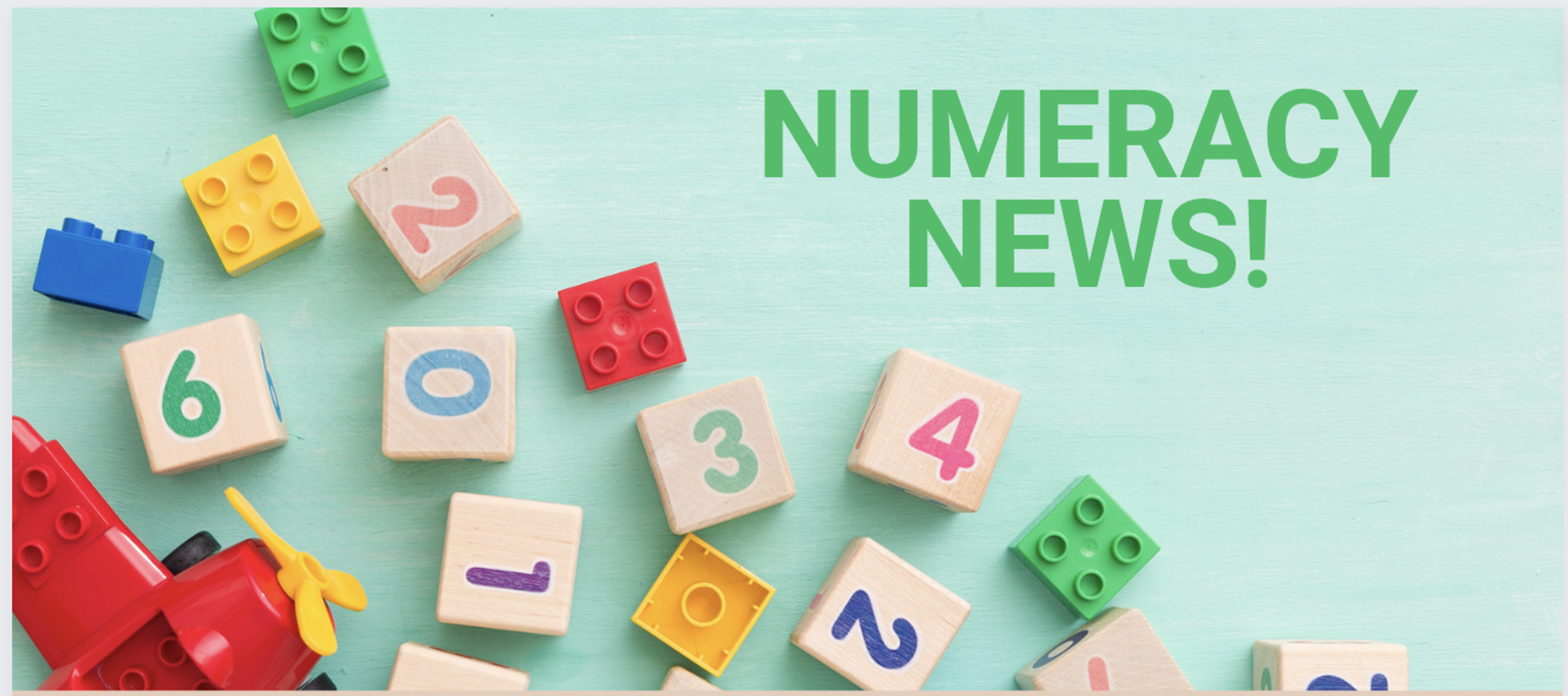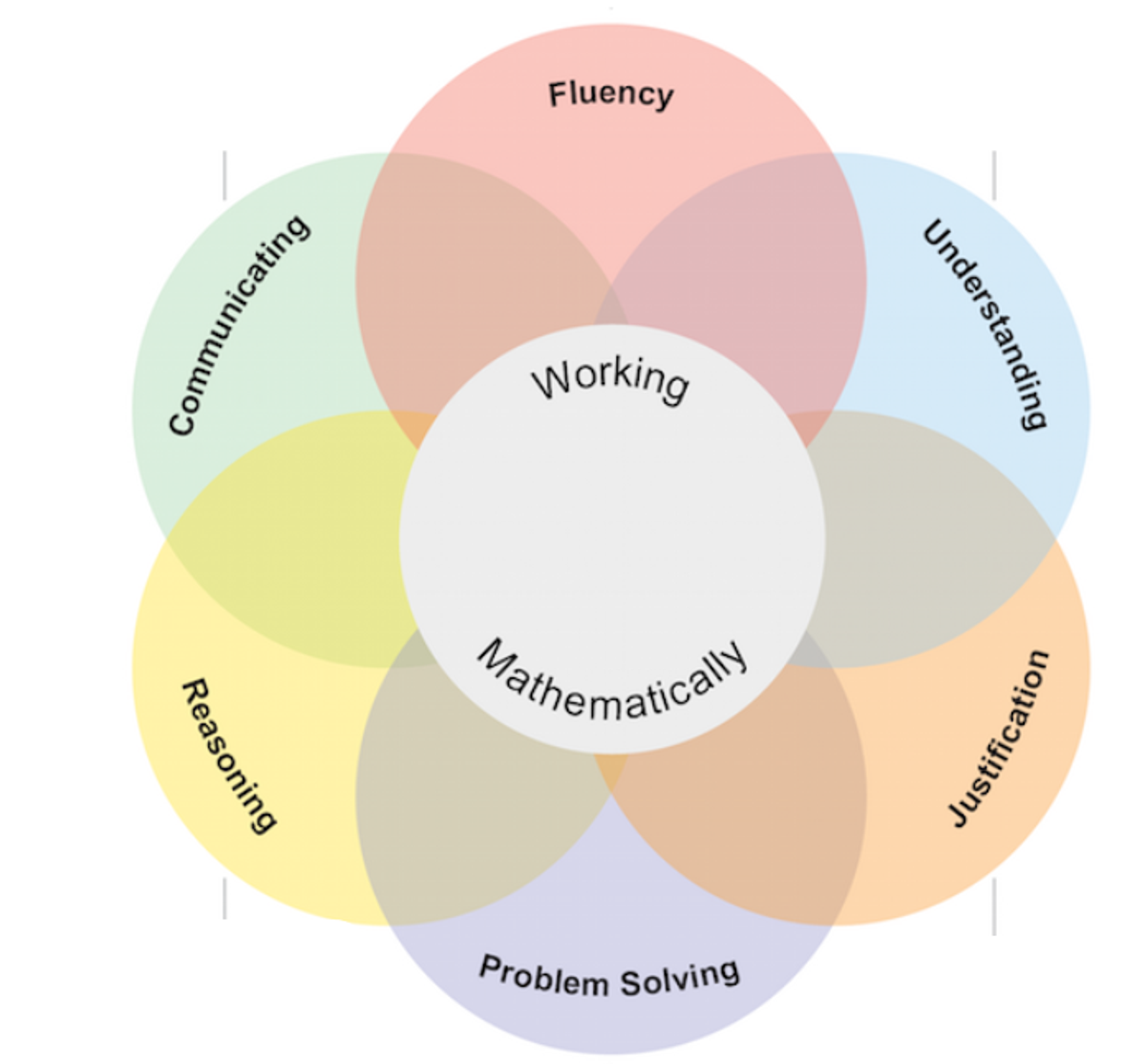Numeracy News

Working Mathematically…. What is it?
How is my child taught to work mathematically?
How do I support my child in developing working mathematically skills?
If you have ever wondered any of these questions you are not alone!
What is working mathematically?
Working Mathematically is integral to the learning process in mathematics. Working mathematically is an overarching outcome which outlines six interrelated skills; fluency, communicating, understanding, reasoning, justification and problem solving. Students develop these skills to become flexible, critical and creative users of mathematics.
Fluency
One of the key working mathematical skills is fluency. Fluency involves recalling factual knowledge and concepts, selecting and applying appropriate procedures flexibly, accurately and efficiently.
What does fluency look like in a Maths lesson?
During a maths lesson, students are provided the opportunity to develop their fluency skills and apply these during a lesson. For example, in an infants lesson about length students may use their fluency skills to efficiently count the number of informal units used.
Students spend 10 minutes of each day engaging in differentiated fluency activities. These targeted activities allow students to develop their numeracy skills aligning with the content taught during maths lessons and student's learning needs.
How can I help my child develop fluency?
Aligning with our whole school homework policy, your child’s teacher has shared specific numeracy goals or online activities for your child to complete for homework. Fluency homework is intended to be completed in short, sharp timeframes where students can develop their recall skills efficiently with confidence.
Current Fluency Focus Areas for Weeks 1-5 of Term 1:
| Kindergarten | Numeral Identification Numeral formation **Please note, Kindergarten has not started homework. |
| Year 1 | Counting forwards and backwards (0-120) Identifying the number before and after (0-120) |
| Year 2 | Skip counting by 2s, 3s, 5s and 10s on and off the decade Counting forwards and backwards (0-999) |
| Year 3 | Reading, writing and saying numbers in the thousands (0-1000) Identifying the place value of digits (0-1000) |
| Year 4 | Multiplication and Division Facts (0-12 Times Tables) |
| Year 5 | Multiplication and Division with formal algorithm |
| Year 6 | Multiplying and Dividing with decimals |
Fluency activities are intended to be as simple as utilising numbers in every day life for example identifying and reading numbers on signs/house numbers, counting coins or collection of items or using facts to calculate every day problems.
Should you have any questions please speak with your child’s teacher.
Thank you for supporting your child’s learning in Mathematics.
Kind regards,
Ellen Dorrough
Instructional Specialist
